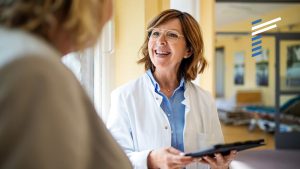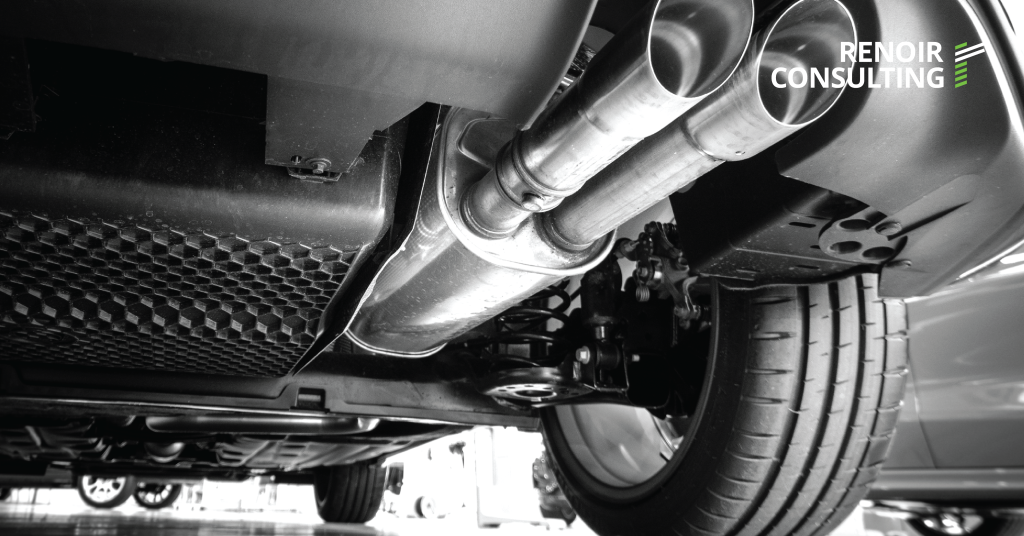At a Glance
- A manufacturer of exhaust systems for the German automotive industry hired Renoir to help identify ways to boost productivity and ensure success in the global tendering process.
- As the union perceived Renoir’s presence as threatening, we adopted a balanced approach to overcome the challenges.
- At the end of the project, the company had recorded a 20% improvement in productivity and a 30% reduction in tool repair costs.
Key results
20% improvement
in productivity
30% reduction
in tool repair cost
Implemented new payment standards
Changed union behaviour
Background
Our client is a manufacturer of exhaust systems for the German automotive industry. Its annual sales exceed €50 million. Following two years of downsizing to offset losses and address the issue of dissatisfied unionised workers, our client was acquired by another corporation.
The acquiring entity recognised the company’s potential in a global market and invested accordingly. However, they were unable to fulfil that potential as they could not produce goods at competitive prices.
Analysis
Renoir was commissioned to identify opportunities to improve productivity and ensure success in the global tendering process. However, the Renoir team subsequently received clear messages indicating that their presence was perceived as threatening.
The company operated with one half of its direct employees at the tool shop and automated presses receiving fixed wages, while those working at manual presses were on a bonus scheme.
During our analysis, we found that the following factors limited performance:
- inaccurate standards and the resulting pace from the ceiling of the bonus scheme.
- passive and unstructured shop floor control.
- non-existent review meetings.
- limited personnel planning and material availability.
Renoir also found that only nine employees attended Union meetings, to which management was barred from attending, which further hampered productivity.
“Without Renoir’s support, it would have been impossible to install the changes that we envisaged.”
– Chief Executive Officer

How a hospital optimized length of stay and communication

Workforce productivity peaks with clarified role definitions

Hospital operating room improves supply chain effectiveness

Utilities company reduces rework and churn with updated MCS
Ready for a change in your organisation?
Project Approach
Renoir adopted a balanced approach with the managing director and his senior management team to overcome the challenges posed by the unions. The options presented were:
- Become more efficient and competitive to improve the order book. This could secure the future of the existing workforce and create new jobs.
- Remain stagnant and refuse the new systems, which could result in the plant being shut down.
Implementation
The relationship between the project team and the union was informal yet frequent. Officially and publicly, they refused to deal with Renoir. However, behind the scenes, they were interested and cooperative.
The initiatives implemented included:
- The standard times were reviewed using German methods. They had to be approved by official industrial engineers from the trade union. This aided the buy-in process and led to the development of accurate standards across all production areas in cooperation with the works council. As a result, management agreed to implement a new pay system.
- Tool shop activities were streamlined and aligned with production needs. This increased tool availability and reduced repair costs. Consequently, downtime and changeover times decreased.
- Supplier management systems were installed.
- Purchasing activities were refocused on reducing material expenditure.
- Supervision was restructured and the roles and responsibilities of staff at shop floor level were reviewed and adjusted.
- Review meetings focusing on productivity losses were initiated.
- Shift-in-charge and production leaders were trained and coached.
Results
Within six months of the project’s completion, our client had improved their performance and market position. Sales increased sufficiently to justify the hiring of 25 new employees.
*We have intentionally omitted client-specific details to uphold strict confidentiality.
Don’t let productivity losses hold you back!










